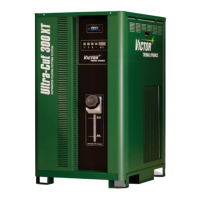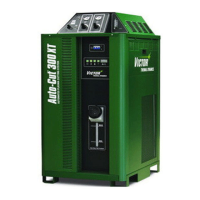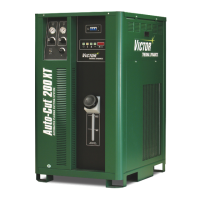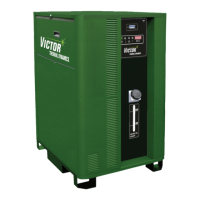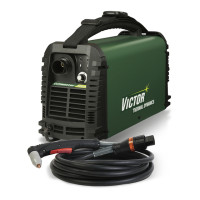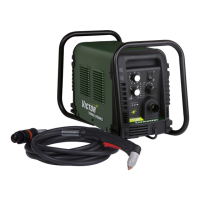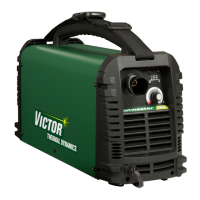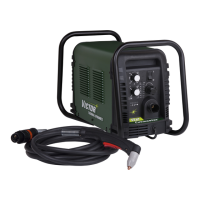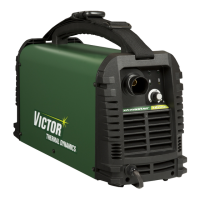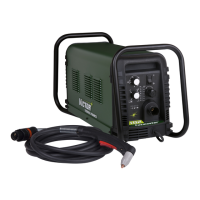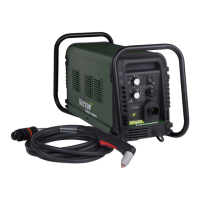How to fix coolant leaks in my Victor Welding System?
- AAmanda ParkerAug 3, 2025
Coolant leaks in your Victor Welding System can often be traced to damaged or punctured coolant lines, which will require replacement. Another potential cause is reversed supply and return hoses; ensure you match the coolant connection colors to the arc starter fitting colors.
